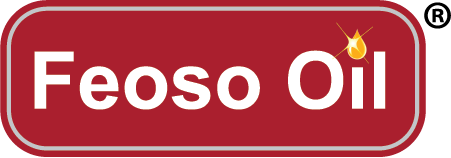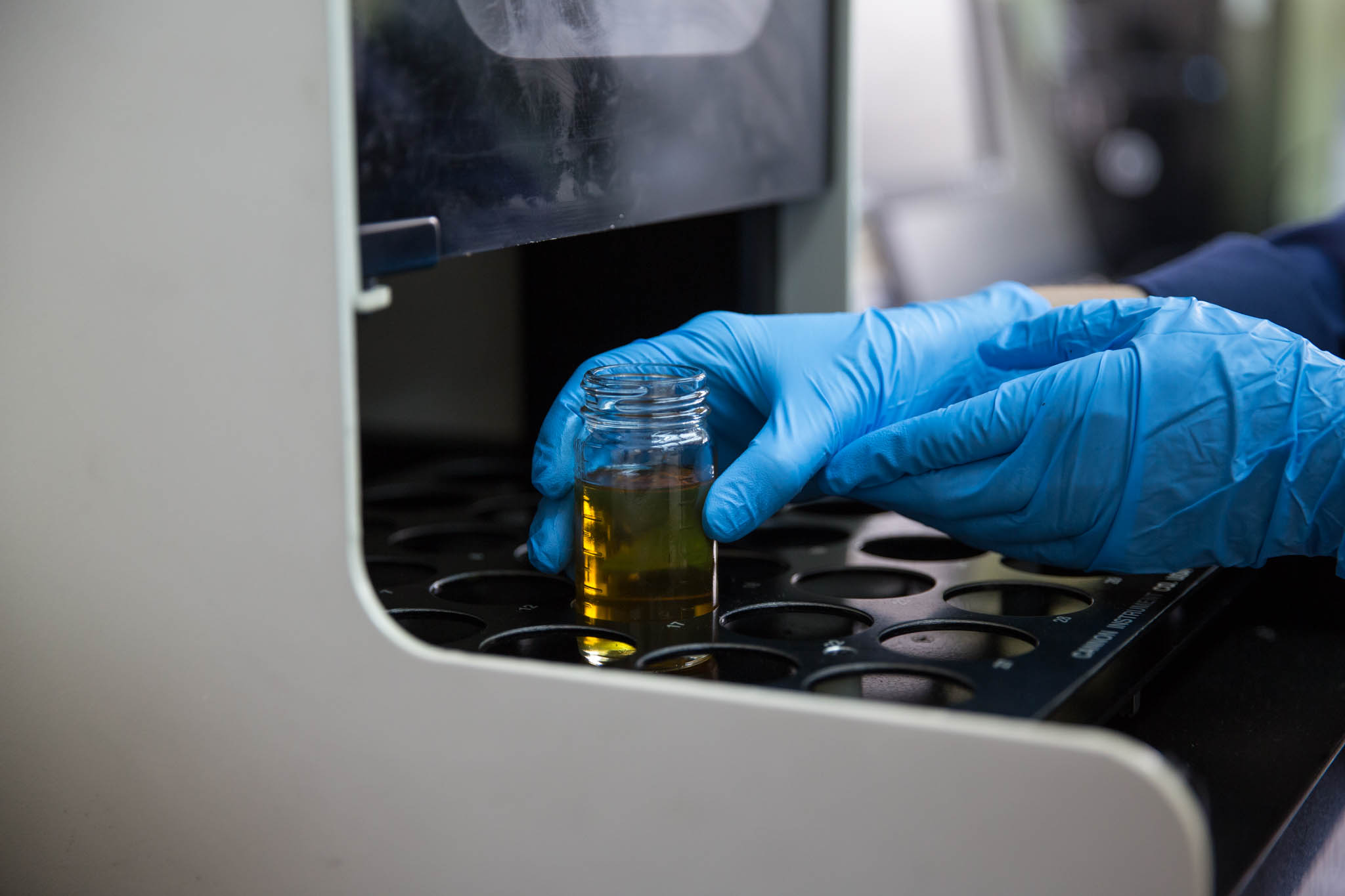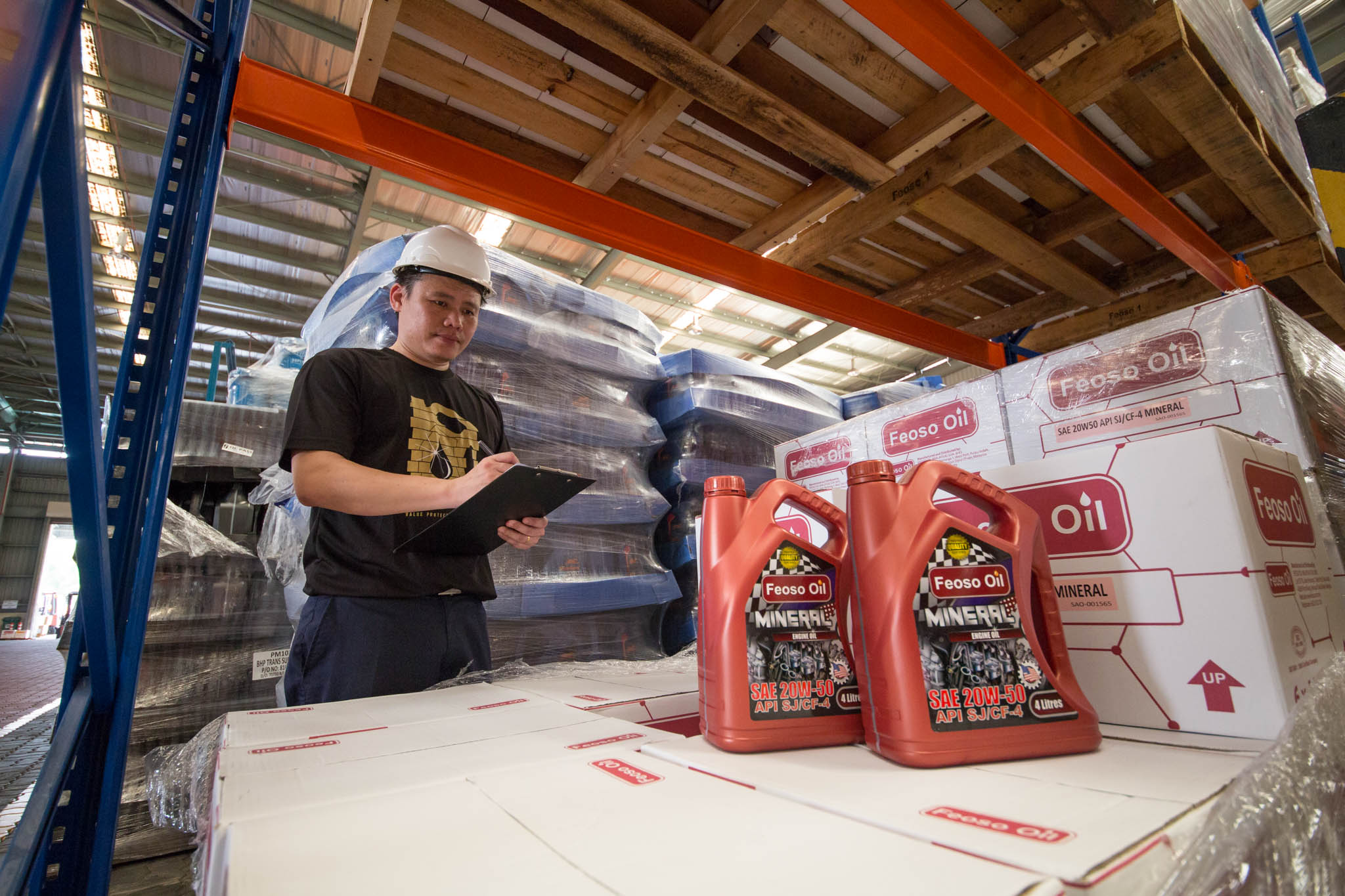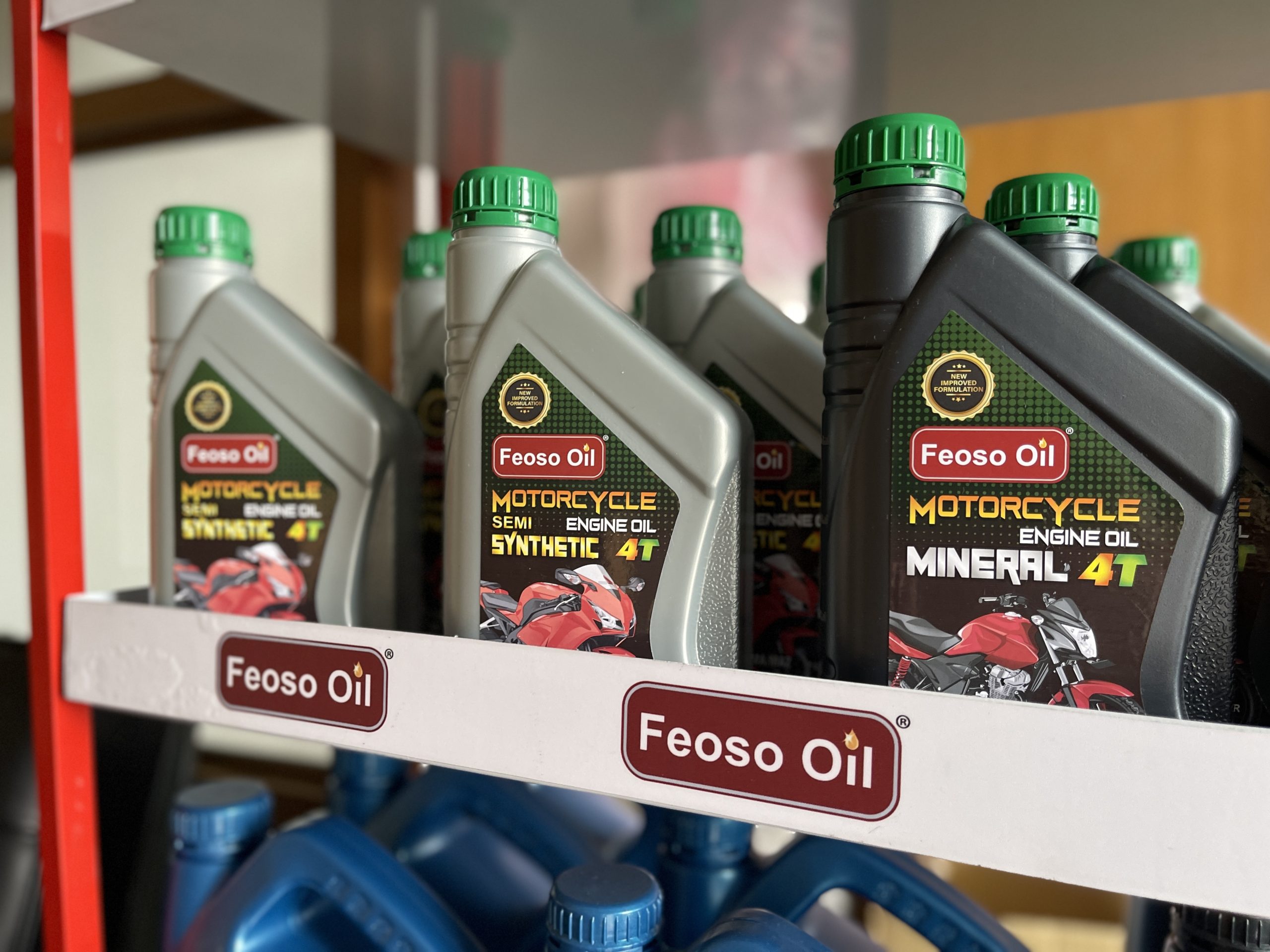Additives are combined with base stock to improve the properties of the machinery under different operating conditions and performance requirements. There are very few unadditized mineral oils that are sold as lubricants. Most of all commercial lubricants contain some form of additives to enhance their performance, this ranging from less than 1% to 25% or more. By far the largest market for such additives is in the transportation industry, including additives for engines and drivetrains in cars, trucks locomotives, buses, and ships. The same range of additive types may be applicable in other industries for example industrial lubricantsc
To be acceptable, additives must be capable of being handed in conventional blending equipment, stable in storage, free of offensive odoursand non-toxic by normal industrial standards. Generally sold as concentrated solutions in oil because many are highly viscous materials or solids. The main function for additives is summarized as:
-
Protects the metal surfaces
-
To extend the range of lubricant applicability
-
Extends lubricant life
To be acceptable, additives must be capable of being handed in conventional blending equipment, stable in storage, free of offensive odours and non-toxic by normal industrial standards. Generally sold as concentrated solutions in oil because many are highly viscous materials or solids.
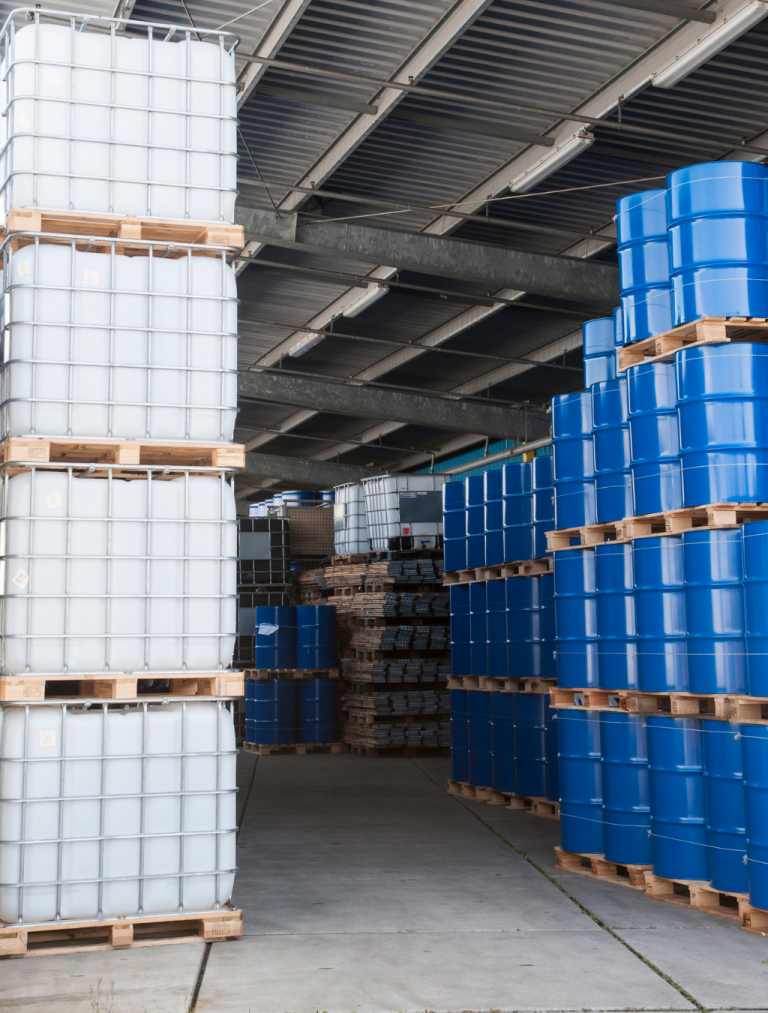
Surface Protective Additives for Automotive Lubricants
Additive Type: Antiwear and EP Agent
Purpose: Reduce friction and wear and prevents scoring and seizure
Functions: Chemical reactions with metal surfaces to form a film with lower shear strength than the metal, therefore preventing metal-to-metal contact.
‾‾‾‾‾‾‾‾‾‾‾‾‾‾‾
Additive Type: Corrosion and Rust Inhibitor
Purpose: Prevent corrosion and rusting of metal parts in contact with the lubricant
Function: Provides protective film adsorbing onto metal surface thus blocking the effects of water, acids (neutralizes) or air.
‾‾‾‾‾‾‾‾‾‾‾‾‾‾‾
Additive Type: Detergent
Purpose: Keep surface free of deposits
Functions: Chemical reactions with sludge and neutralize them and keep them soluble.
‾‾‾‾‾‾‾‾‾‾‾‾‾‾‾
Additive Type: Dispersant
Purpose: Keep insoluble contaminant dispersed in the lubricant
Function: The contaminants will bond to the dispersant molecules, preventing it to form and kept in suspension
‾‾‾‾‾‾‾‾‾‾‾‾‾‾‾
Additive Type: Friction Modifier
Purpose: Minimizes light surface contact, such as sliding and rolling. Alters the coefficient of friction.
Function: Preferential adsorption of surface-active materials
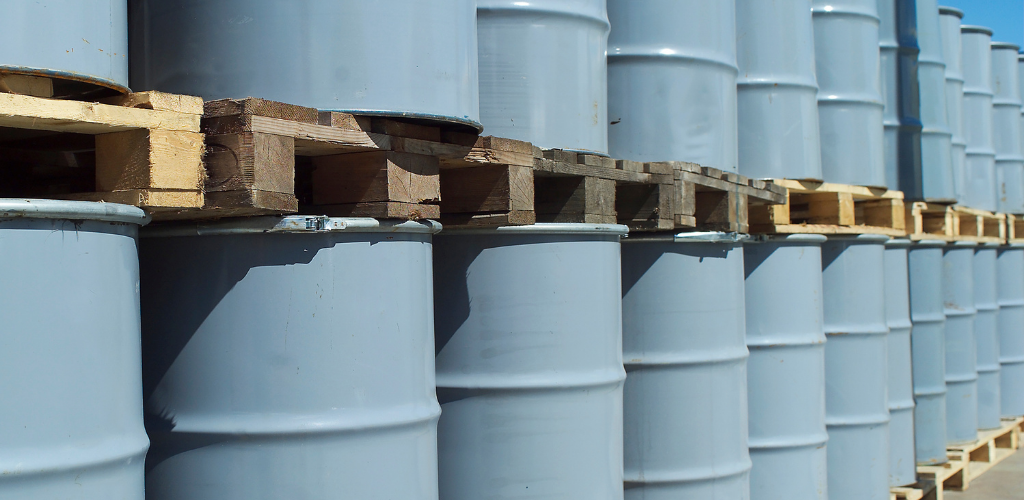
Performance Additives – Automotive Lubricants
Additive Type: Pour Point Depressant
Purpose: Enable lubricant to flow at low temperatures
Function: Modify wax crystal formation to reduce interlocking
‾‾‾‾‾‾‾‾‾‾‾‾‾‾‾
Additive Type: Seal Swell Agent
Purpose: Swells elastomeric seals, maintaining seal integrity
Function: Chemical reaction with elastomer to cause slight swell
‾‾‾‾‾‾‾‾‾‾‾‾‾‾‾
Additive Type: Viscosity Modifier
Purpose: Reduce the rate of viscosity change with temperature
Functions: Polymers expand with increasing temperature to counteract oil thinning
‾‾‾‾‾‾‾‾‾‾‾‾‾‾‾
Additive Type: Anti-foamant
Purpose: Prevent lubricant from foaming a persistent foam
Function: Reduces surface tension to speed collapse of foam
‾‾‾‾‾‾‾‾‾‾‾‾‾‾‾
Additive Type: Antioxidant
Purpose: designed to prolong the life of a lubricant by increasing the oxidative resistance of the base oil
Function: Decompose peroxides and terminates free-radical reactions
‾‾‾‾‾‾‾‾‾‾‾‾‾‾‾
Additive Type: Metal Deactivator
Purpose: Reduce catalytic effect of metals on oxidation rate
Functions: Form inactive film on metal surfaces by complexing with metallic ions
